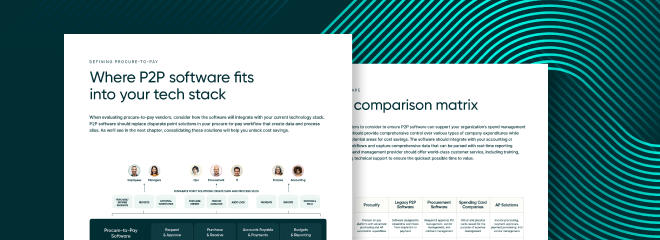How To Build A Fintech Stack
Why is a fintech stack important?
Today, a fintech stack is crucial to your business. That’s because your organization needs to consider investing in tools that will help digitize and optimize your existing accounting systems and processes. Why? Because working with the right systems leads to improved productivity, efficiency, and business value. However, it’s not one size fits all. In fact, companies will require different systems depending on the industry, maturity stage, and company goals.
Now, let’s take a look at the buzz around fintech:
- First up, Anna Khan, General Partner at CRV, calls this “finance-as-a-service, a subsector of SaaS that is proving to be equally if not more valuable in the long run,” when compared to traditional back-end financial and accounting processes.
- Fintech influencer and Forbes writer Ron Shevlin recently aggregated all the fintech companies sharing free technology during the coronavirus crisis.
But, what is a financial stack?
A fintech stack, or financial technology stack, is a group of connected tools that are used to run, support, improve and optimize finance, accounting, and operational processes at an organization.
What are the core elements of a financial stack?
The six elements of a core financial stack include software for:
- Accounting ERP
- Spend management
- Expense management (yes, there is a difference between spend management and expense management!)
- Accounts receivable and billing
- Accounts payable and payment
- Payroll
The best financial tools for your company
What tool should a company invest in? Consider seven questions related to:
- Automation
- Ease of use
- Compliance
- Mobile access
- Integrations
- Customer support
- Business value
Want to learn more about the six core systems? Interested in the seven questions every company should ask before investing in a new tool? We’ve got you covered! Read more in our latest guide, The CFO’s Core Fintech Stack.
